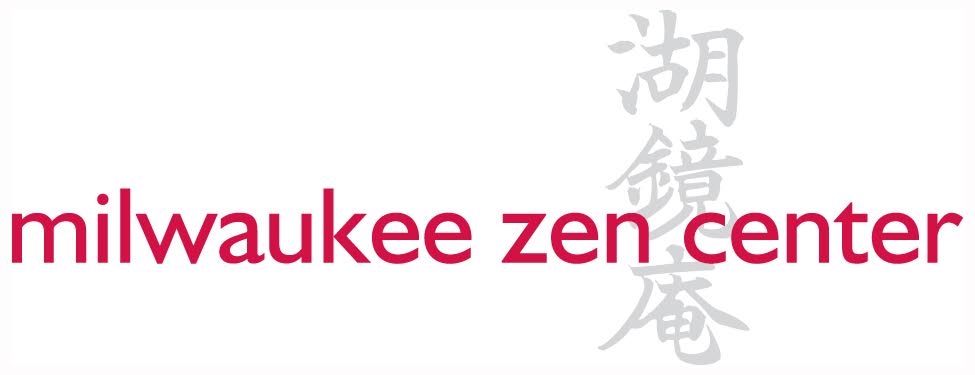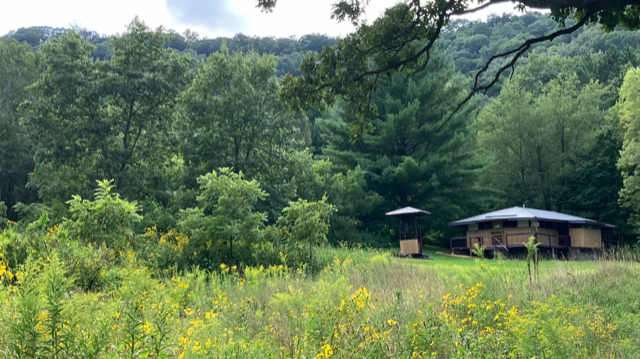This is the latest urgent message to become active in averting the worst scenario of climate change. Not to be alarmed but well-informed.
The Climate Reality Project
THE IPCC REPORT IS WHAT THE WORLD NEEDS TO HEAR NOW
Turns out timing is everything.
There are moments when world events combine to rescue the truth of old lines from mere cliché.
The release of the latest landmark report from the UN Intergovernmental Panel on Climate Change (IPCC) this week was one of them.
If you were to distill the thousands of pages of “Climate Change 2022: Mitigation of Climate Change. Working Group III Contribution to the IPCC Sixth Assessment Report” detailing our shrinking window to avert climate catastrophe into a single line , it would simply be this:
Timing is everything.
Everything, because the report delineates with clinical precision the steps to something like a livable future and exactly how much time the world has for each . (Spoiler alert: Less than we thought.)
But everything also, because at a moment when the human tragedy in Ukraine has forced a global conversation on fossil fuels and our energy future, the report is exactly what the world needs to hear right now.
THREE YEARS TO TURN THE CORNER ON FOSSIL FUELS
The toplines of the report will not surprise anyone who’s been paying attention to the headlines on climate recently. In a nutshell, we have just three years – not decades – to reach the highest level of greenhouse gas emissions (aka “peak emissions”) planetwide before rapidly reducing fossil fuel use and reaching net-zero levels by 2050.
Three years, that is, to have any reasonable chance at holding global warming to something like 1.5 degrees Celsius, the danger line after which climate-fueled destruction threatens to go from “quite bad” to “downright Biblical” with projected human suffering growing exponentially with every fraction of a degree above 1.5.
The stakes are huge. Miss this goal and emissions keep rising, which the report estimates could lead to warming of 2.2–3.5 degrees (Celsius) by 2100.
PEAKING GLOBAL EMISSIONS: A MOUNTAIN TO CLIMB
Needless to say, peaking global emissions in just three years is a tall order. One of almost Everest-like proportions.
Despite years of promises by the international community and the historic accomplishment of the Paris Agreement, the report authors underscore that global emissions continued to grow over the last decade from 2010–2019.
Perhaps most concerningly with respect to 2025, a recent study shows that the first and third-greatest polluting nations – China and India, respectively – both rose between from 2019–2021. China’s current Paris Agreement commitment calls for the country to peak emissions “before 2030” but doesn’t specify a year. India, meanwhile, doesn’t plan to peak emissions before 2040 at the earliest.
(To be clear, India and China are not the sole villains in the global emissions picture, as both are working to develop and pull millions out of poverty. The US and EU, for example, are in no position to throw stones.)
The result, the report notes is that: “Without a strengthening of policies beyond those that are implemented by the end of 2020, GHG emissions are projected to rise beyond 2025, leading to a median global warming of 3.2 [2.2 to 3.5] °C by 2100.”
In short, the world is not doing enough. Not nearly.
THERE IS STILL A PATH TO A BETTER FUTURE. JUST.
There is an implicit note of hope here. For all the task of reaching net zero by 2050 is a huge one, we can still do it. But it’s going to take an unprecedented effort and we’re talking about making it by the proverbial skin of our 2050 teeth.
Much of the report is given to the steps we need to take quickly to accelerate just energy transition and social transformation. Some of the key takeaways here:
It’s going to take an all-of-society approach.
It’s going to mean shifting from fossil fuels to clean energy sources on a massive scale.
Energy transition alone won’t be enough to hold warming to 1.5 degrees – we need carbon removal technology too.
Acting on climate and accelerating energy transition will make life better – and be cheaper than the alternative.
Wealthy nations have to step up and support developing countries at much higher levels than are currently pledged.
“Accelerated financial cooperation is a critical enabler of low-GHG and just transitions, and can address inequities in access to finance and the costs of, and vulnerability to, the impacts of climate change.”
The future of billions in developing nations depends on rapid energy transition and ambitious climate action.
“There is a strong link between sustainable development, vulnerability and climate risks. Limited economic, social and institutional resources often result in high vulnerability and low adaptive capacity, especially in developing countries.”
Perhaps most important, many of the tools we need for rapid emissions cuts – from better use of land resources to improving demand and efficiency to effective electric vehicles – are in our hands today.
THE TIMING MATTERS
There was, of course, no way for the IPCC to know it would be releasing the report at a time when the war in Ukraine is the backdrop to almost everything. And when the world is grappling with the real and wide-ranging costs of fossil fuels like perhaps never before.
But that’s exactly what’s happened. Even before Russian tanks rolled across the border, the EU was working on a new energy strategy to wean the bloc off Russian gas within the decade and – critically – accelerate the pace of clean energy transition. As European Commission President Ursula von der Leyden told policymakers at a conference on February 19, “We are doubling down on renewables. This will increase Europe’s strategic independence.”
The war has – for Europe – added new urgency to this effort, with the EU now scrambling to cut its reliance on Russian gas by more than two-thirds this year. Meanwhile, in the US, President Biden has pointed to renewables as the path to not only providing true energy security and fighting global warming, but also protecting families from painful fuel prices.
What happens next and how quickly these statements turn into concrete policies is still an open question. Both the US and EU face real but solvable challenges to get to clean energy economies, and the Drill Baby Drill contingent in Congress is seizing every opportunity to argue for more of the same dirty energy that got us here in the first place.
With the world asking how can we keep the lights on without propping up murderous petro-state dictators and protect working families from crippling energy prices, the short-term strategy seems to be a lesser-of-two-evils approach, with Europe trying to trade Russian gas for US alternatives in a global game of energy musical chairs.
Long-term, simply trading one source of the same fossil fuels that got us here for another and expecting peace and democracy to flourish and low prices to return forever sounds a lot like the popular definition of insanity (i.e. doing the same thing twice and expecting different results). Vladimir Putin being far from the only petro-state dictator with a violent turn, and 2022 being not our first oil price spike rodeo.
Let’s be clear: this is a decision point, not just on how we heat our homes in 2022, but what the world looks like in 2052. And this is why the timing of the IPCC report matters, effectively reminding world leaders that responding to what Ukraine’s top climate scientist – and previous IPCC contributor – has called “a fossil fuel war” with more pipelines, terminals, and more is just an invitation to climate disaster: “The continued installation of unabated fossil fuel infrastructure will ‘lock-in’ GHG emissions (high confidence).”
The simple truth is that we cannot drill ourselves to safety or energy security. We cannot pretend the climate bill for doing so will not come due with devastating interest. The only path forward – for our families, our democracies, and our planet has to be to accelerate the just transition to clean energy already underway across the globe.
The stakes are clear. The steps we have to take – peak emissions by 2025 and rapidly reduce fossil fuels to reach net zero by 2050 – are too. It’s now or never. The timing of our collective response is everything.
TAKE ACTION
Learn how you can make a difference on climate when it matters by becoming a Climate Reality Leader. Join us for an upcoming training in Las Vegas, Nevada from June 11–13 and get the tools, know-how, and network to lead the fight for solutions.













































